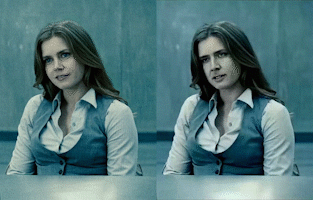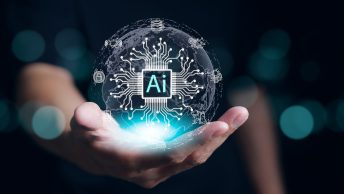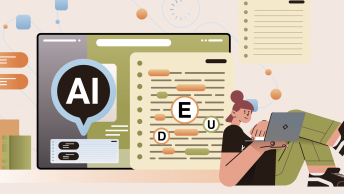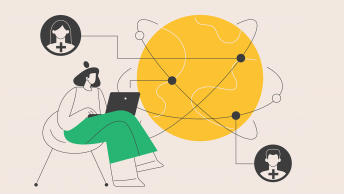One of the most important challenges to deal with in the near future is a problem with the validation of information. We all know how influential and powerful social media networks are today. Sasha Baron Cohen very cleverly summarised them in his speech at ADL. If you missed it somehow it’s a must to watch it. It’s not related directly to deepfakes but it’s important to understand how huge impact on our perception of the world social media have (and will continue to have since no one is taking any action).
Our perception of the world comes from the news we hear from our friends, family, work colleagues and other people we meet) and the information we got from media/social networks and any other source of information. The very same media which steer the opinion of masses. For the first in history if something happens on the other end of the world we will immediately hear about it thank social media networks (mostly first) and global media (mostly second). And we never can be sure if it’s a fact or fake news generated by troll farms doing dirty work for the government of superpowers.
It’s not enough we can’t be sure if we know facts or fake facts, now we also can’t be sure if the image/video is real or CGI (computer-generated images) which we called deepfakes. So what the deepfake really is?
Deepfake technology (usually styled “Deepfake” instead of “Deep Fake”) is synthetic media that uses “powerful techniques from machine learning and artificial intelligence to manipulate or generate visual and audio content, with a high potential to deceive,” and some of its earliest iterations date back to the 1990s.
One of the most advanced algorithms which can create the hyper-realistic illusion of human face is StyleGAN2 algorithm by Nvidia. If you are interested in how this works here is a short explanatory video.
Since I’m very close to CGI business I follow the steps on working at generating realistic human face and honestly I’m pretty impressed where we are right now… and a little bit scared. It’s very difficult nowadays to tell if it’s real or CGI generated person. Take a look here: https://thispersondoesnotexist.com and judge yourself. Or look at the picture below. None of those people exists – they are generated by computer and algorithms.
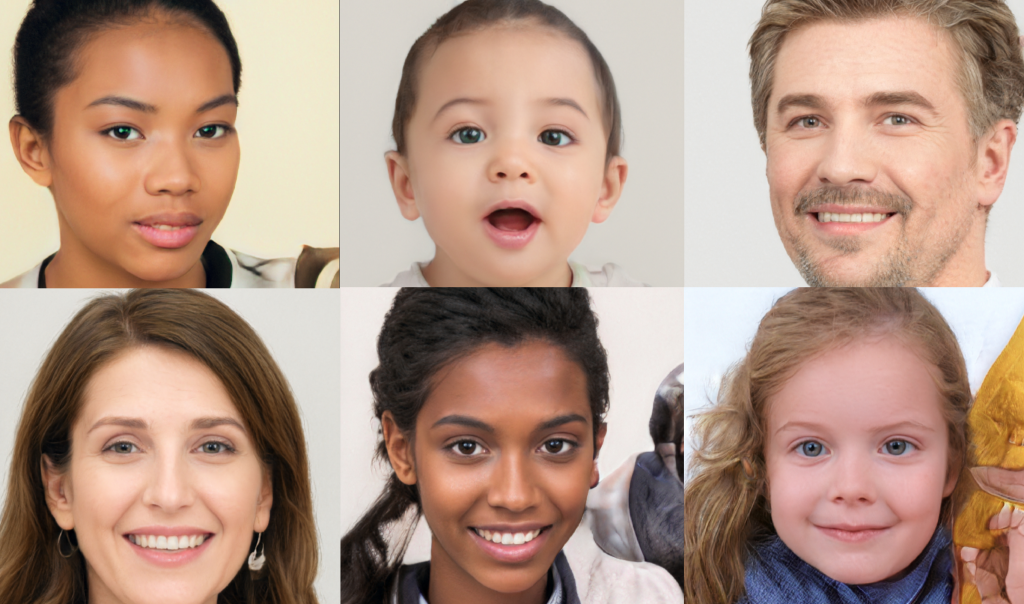
Deepfake videos
One step ahead we have a deepfake videos which usually alter the look of a real person due to the use of advanced algorithms. The technology is so advanced is widely used in the film industry and advertisement.
Take a look at what’s possible with the use of AI. Algorithms were used in recent Netflix movie – The Irishman de-aging actors: Robert De Niro, Dustin Hoffman and Joe Pesci.
So our path to create perfect fakes continue. And we are heading into the era of misleading and deception. Now technology is in reach for anyone who can use it in the wrong direction. I bet that already farms of trolls are using it to create chaos in the world. In a couple of years when technology develops even the most critical eye won’t be able to differentiate fake from the original.
Deepfakes in XR
Now – let’s think about the future when the Extended Reality is used on a daily basis – everyone has its own glasses and we meet all together in virtual space (like in Ready Player One). As you saw we already have technology in reach which generates real human faces. Facebook from the other hand it’s working on the technology of creating hyper-realistic faces/avatars which will be animated based on your own mimics. The results you can easily imagine. Next step – your mimic is applied to any other photo or video in virtual reality.
Face not enough? Facebook also is researching full-body avatars. Here you can watch keynote from 2019 on the research:
And here are we in 2020. The evolution of this tech is unbelievable:
The questions:
- When we will stop to believe in what we see?
- What steps we should take to regulate that?
- Who will tell us what’s real and what is not?

